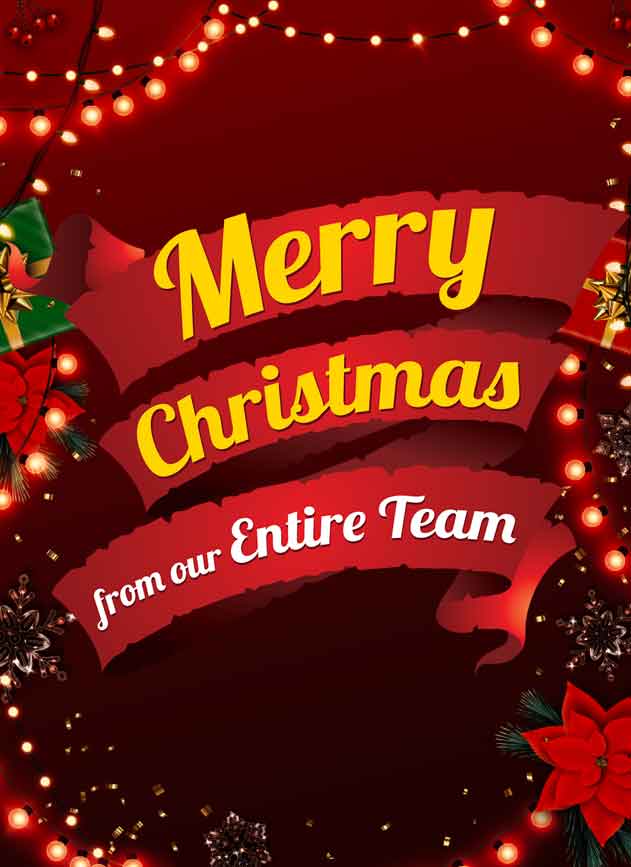A young teen with Morden connections had the experience of a lifetime during a recent summer visit with family in the area.
Walter Campbell went on a Canadian Fossil Discovery Centre dig tour with his grandfather Dave Stobbe, and the 14-year-old who calls Waco, Texas home made quite the find.
He unearthed what turned out to be the skull of a mosasaur. Work continues to excavate the remainder of the fossil, but it will now be known as Walt in honour of its discoverer.
“At first, it didn’t really look like a skull very much. It just looked like a bone,” Campbell shared. “What went through my head was really I thought it’s probably just another small fish … but I just kept finding more and more, and it got more exciting over time.”
“Walter and I started on our knees like kids … then Walt moved over about 15 feet away to this bare patch where there was nothing showing,” recalled Stobbe.
At that moment when it was realized what had been found, there was disbelief.
“I didn’t really believe it at first. I thought no. I didn’t really think I could find something like that,” said Campbell.
“It is always exciting when it’s a kid who is finding it,” said CFDC executive director Adolfo Cuetara. “This is our third mosasaur find now in three years.”
There is always a degree of uncertainty at first as to what exactly it is and if perhaps it is an isolated piece of fossil, he noted.
“In the next few days, visitors on the dig tours were discovering more bones, and now we were able to identify that it was a whole mosasaur skeleton there.”
More work is needed to further unearth and assess the find, but Cuetara said they are getting some idea of its scope.
“At the beginning we thought this was going to be a medium-size mosasaur … but now that we are opening a little bit more, we have some doubts because the size is starting to look a little bit bigger,” he said. “It’s not going to be like Bruce, but it’s bigger than the last two ones that were found.
“We probably now have about 50 bones exposed,” said Cuetara. “We are just exposing them, and people are expanding the dig site around and uncovering more bones. The plan is at the end of the season, we will make some field jackets and extract all the bones.”
Campbell had been somewhat familiar with the CFDC.
“I think we had been there once or twice before,” he said. “It just seemed like it would be a fun thing to do. It was a very exciting experience. It was quite interesting. It was a pretty slow and calm process.”
Cuetara noted every new find helps bring more attention to the CFDC and attract more people.
“We really want to be successful with the dig tours … and this is the main program and the main activity for the museum,” he said, noting the vast majority of dig tour participants are from outside of the region if not Manitoba, such as a family of four tourists from Mexico who took part in a dig this past week.
“Every year, we are improving what we are doing, and we have had a hundred per cent success in people finding new bones,” he said. “Every year, more people are coming and are interested in the dig tours. Every year, the numbers are growing.”
“We have a treasure on our doorstep that people don’t appreciate,” observed Stobbe, who noted he has since gone back to the site and learned they had found more of the body of the mosasaur. “I thought we should go back next year and see how far they’ve gotten with it.”
As for Campbell, he is still in somewhat disbelief that the fossil find is actually being named after him.
“It was pretty surprising. I didn’t really think they would actually name it after me at the time … I guess they kept to their promise.”

